
Open RAN enables innovation and flexibility for future networks
Open RAN is reaching maturity. The disaggregation of hardware and software with open interfaces gives mobile operators flexibility and agility to cooperate with different vendors. Open RAN has emerged as a promising path to enable innovation and flexibility for future networks.

Best practices for Open RAN radio integration
The principle of Open RAN is to build an open, multi-vendor interoperable RAN system for a more flexible and enabling future network architecture. It is crucial to ensure network equipment interoperability among vendors before implementing an end-to-end system integration.

Where Open RAN comes in
A mix of technology and social changes, as well as the enterprise market all make a way for the Open RAN market. Moving forward, interoperability will be a significant challenge as Open RAN moves from specifications to implementation and deployment. The performance will be a key area of focus for the O-RAN stakeholders to prioritize their business allocations.

How does open ran impact the mobile network industry?
Going forward, Open RAN will be one of the foundations for building RAN, and as such, the new mainstream. It is poised to capture the growth of the market in terms of new deployments and older deployments where the life cycle comes to an end. Unlocking interfaces, business practices and spectrum will open the door for more fundamental rethinks of what this business should look like.
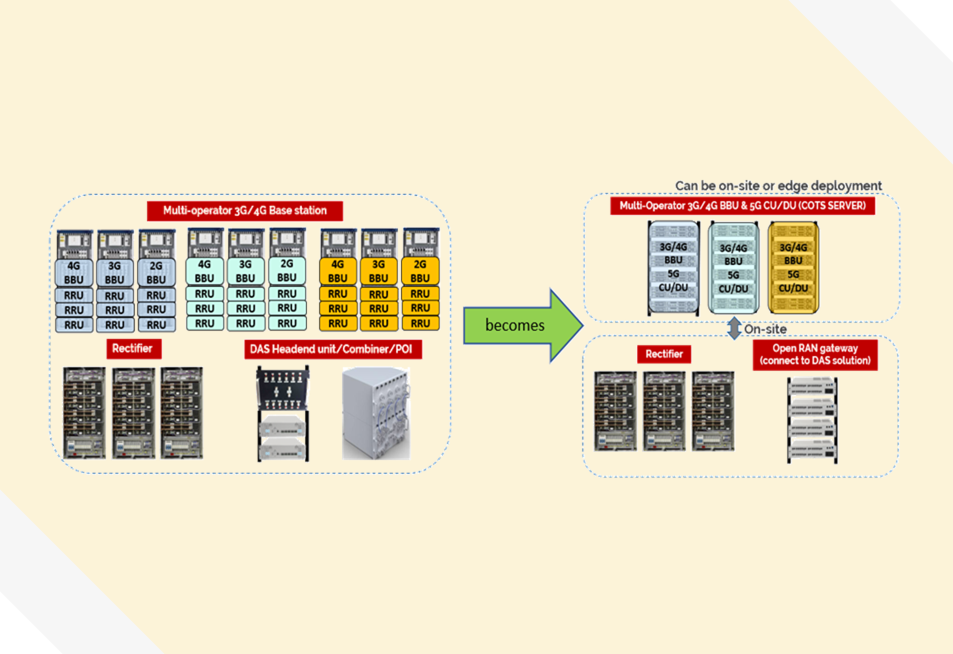
How does Open RAN add value in Multi-Operator Sharing?
Having seen the promising trend of Open RAN, MNOs need to maximize the benefits and savings in the same site deployment. Planning for Multi-Operator RAN sharing of infrastructure from Network Controller, Backhaul Transport, Base Transceiver Station to Radio Unit or Distributed Antenna System in utilizing the dedicated spectrum assigned to each sharing MNO become increasingly important.
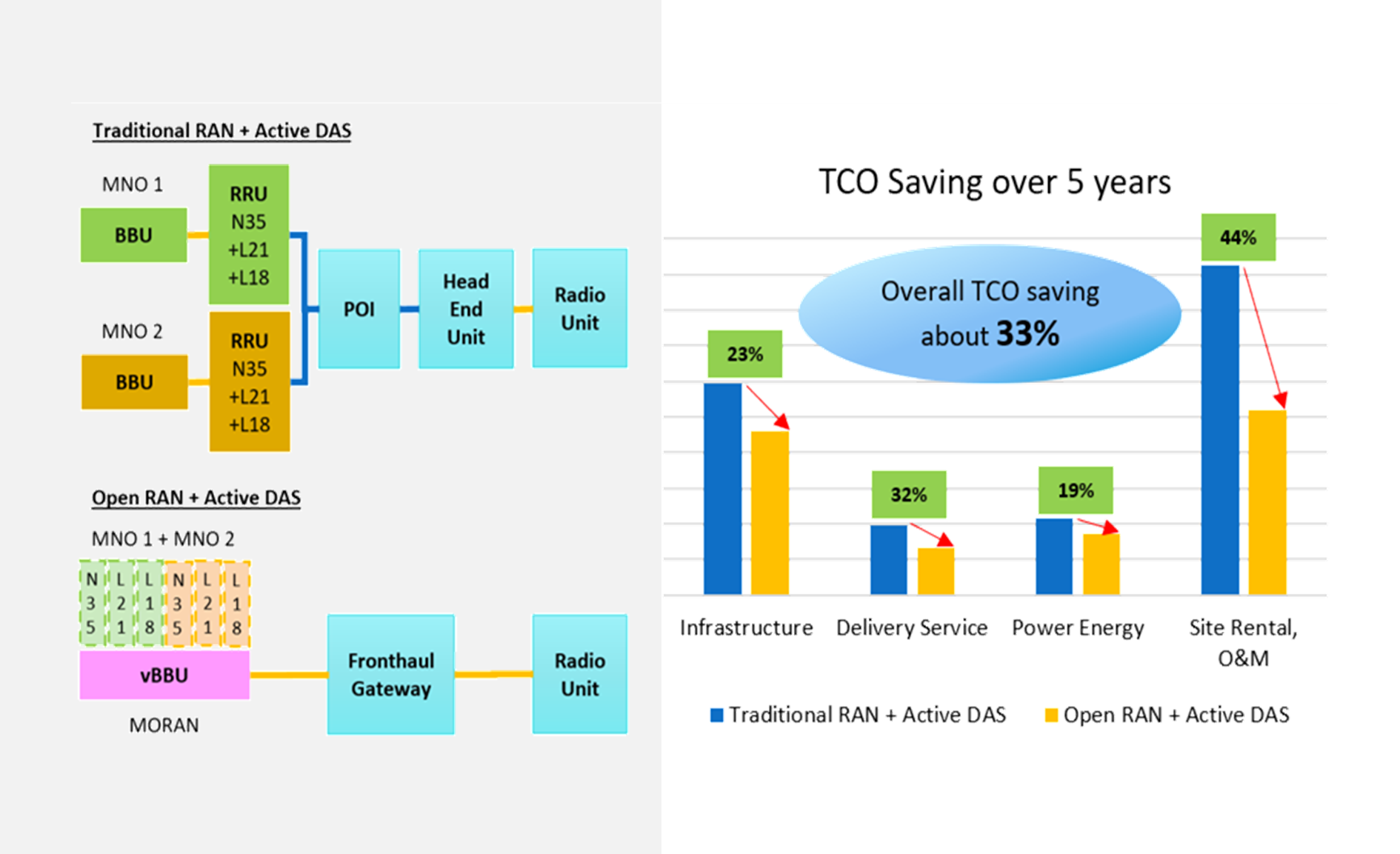
Considering Open RAN for 5G Indoor Deployment
Open RAN is definitely considered as a viable option to enhance indoor connectivity in a more cost-effective manner. Following the Open RAN deployment progress around the globe, we ponder that Open RAN solutions for in-building rollout particularly for 5G will start later but move faster in the near future.

Multi-RAT RRU Will be Key for Open RAN Success
Although 4G is the dominating technology today, the adoption of 5G will get closer to 4G in the coming 5 years while 2G and 3G will still remain in the most part of the world. Even in the developed region like Europe, 2G and 3G are critical for the mandatory voice service. They are even more important in some less developed regions such as the Middle East, Africa and Latin America.
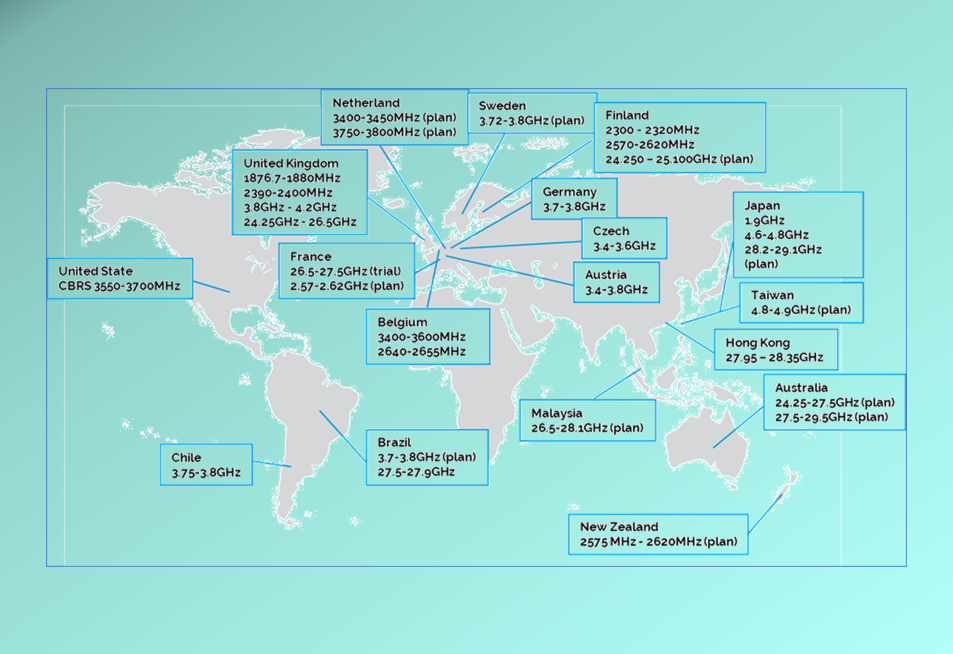
Private Network: The Hidden Gem
The concept of private mobile network has been around for years, it is an end-to-end cellular network that deployed for a dedicated group of users or devices, other users are unable to access the network unless authorized. It is deployed to provide voice or data service in remote areas whereas public mobile networks cannot reach, such as mines. Due to the lack of business case, MNOs do not take a proactive approach for the private network.

Expanding Collaboration to Boost Open Ran in Indonesia
Riding on the momentum of Open RAN in the mobile network industry, Comba Telecom, member of Telecom Infra Project’s ("TIP") Open RAN Project Group, joined the ecosystem partners and industry colleagues to introduce thoughts and plans at the launch of the 1st TIP Community LAB in South East Asia and the 14th globally at the Telkom University in Indonesia in the middle of December 2020.

Not just a niche technology – Open RAN has a place in all environments
The market opportunity for 5G indoors will grow in the following years, with Open RAN playing a role to accelerate in-building mobile network optimization solutions that leverage virtualization through an open architecture, it can bring values to the enterprise market including infrastructure reconfigurability, network sustainability, and deployment cost efficiency.

A Long Journey to The Real Open RAN – Open and Interoperable, Flexible and Scalable, Intelligent RAN
From open and interoperable, virtualization, to intelligent and AI-enabled RAN, the 3-stage transformation towards the real Open RAN will be tough and challenging but the motivation is strong enough to drive the transformation.
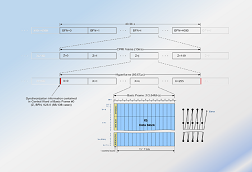
Migrating from CPRI to eCPRI
When the industry moves forward and 5G emerges from the market, a more cost-efficient and multi-purpose fronthaul interference is required to support different RAN architectures such as centralized RAN and Cloud RAN. To address the demands, CPRI.info announced a new packet-based interface standard, eCPRI, to provide more flexible, efficient and reliable fronthaul networks in 2017.
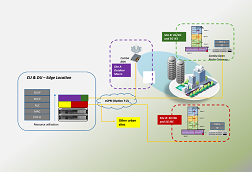
Is Open Ran Evolving For In-Building Use?
With the continuous efforts of worldwide ecosystem players, today we have moved one step further into the transition from “Why Open RAN” to “How and where to deploy Open RAN”. From the operator’s point of view, how to maximize the benefit and savings will remain the key focus and driver to introduce Open RAN. Specifically, for incumbent operators, it is believed that Open RAN will be introduced to serve either or both the following objectives.
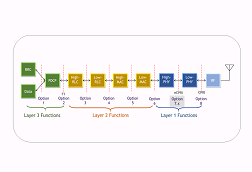
How Does Fronthaul Realize Bandwidth Saving From Split 7-2?
The key enabler of Open RAN vision of multi-vendor interoperability is the open fronthaul interface. In the Open RAN ecosystem, it adopts RAN function split 7-2 and the eCPRI standard between DU and RRU which comes with a number of benefits.

Enriching Indoor Wireless Communications by 5G Open Platform Small Cell
(31 March 2020) In the IoE Era, more and more mobile communications take place in indoor scenarios. Along with the development of 5G, indoor mobile communication is not only about human-to-human or human-to-device communications. It already extends to machine-to-machine communications and into a variety of industry verticals – including healthcare, education, business, manufacturing, office and more...

Open RAN: Catalyzing 5G Use Case Innovations
(02 October, 2019) The mobile radio access network (RAN), comprising of base stations and antennas deployed on rooftops, towers, utility poles, and the backhaul transport infrastructure, connects billions of users worldwide and supports a trillion-dollar market in mobile services. All these signify an obvious success of the RAN market structure in the transition period to 5G...